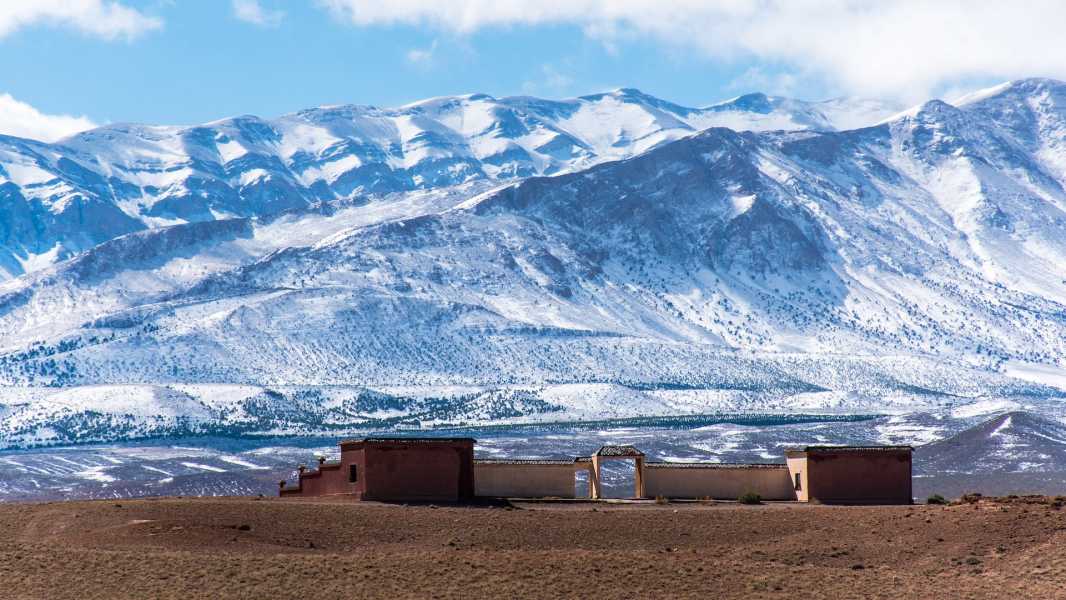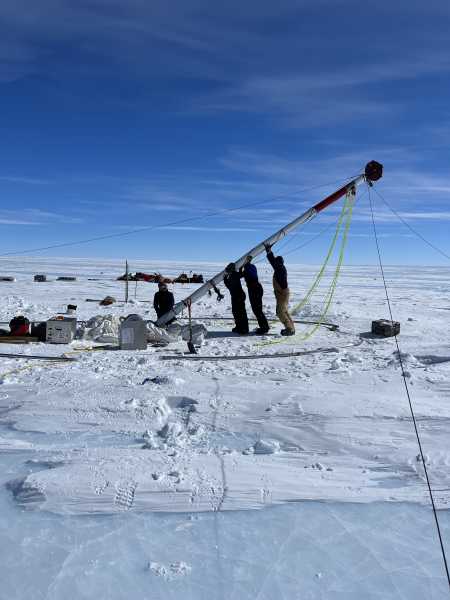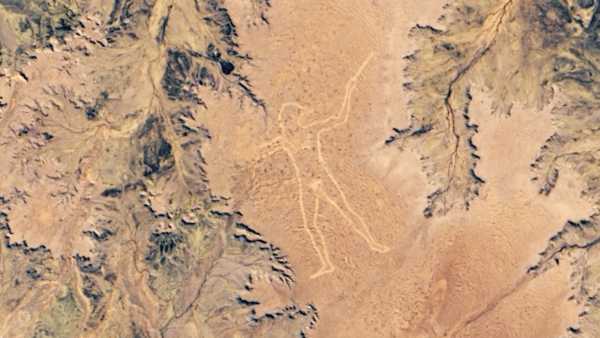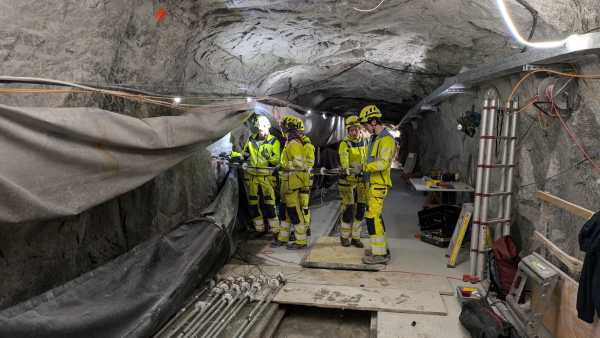
In September 2023, a magnitude 6.8 earthquake struck the High Atlas Mountains in western Morocco. New research suggests the quake may have been caused by a mantle upwelling.
On September 8, 2023, a magnitude 6.8 earthquake struck western Morocco, causing destruction and loss of life, claiming thousands of lives in rural areas of the High Atlas Mountains. The last significant earthquake in Morocco before the 2023 events was in 1960, and this long period of seismic calm may have left the region and its infrastructure unprepared for strong tremors and the resulting destruction.
Most of Morocco’s seismic activity occurs near the Rif Mountains north of the 2023 epicentre, formed by the collision of the African and Eurasian tectonic plates. However, in the High Atlas Mountains – the highest in North Africa, with peaks over 4,000 metres (13,500 ft) – the plates are moving closer together at a rate of only about 1 millimetre (0.03 in) per year. It is thought that upwelling of the mantle beneath the High Atlas, rather than slow convergence, is the key reason why these peaks reach such heights.
By analyzing geodetic and seismic data, Huang and his colleagues found that the 2023 Morocco earthquake occurred on the Tizi n'Test fault system at a depth of about 26 kilometers below the surface, and that the largest rupture effects occurred at depths between 12 and 36 kilometers. The event resulted in displacement of the Mohorovicic junction, a boundary about 32 kilometers below the surface where the crust meets the mantle.
Because of the earthquake's unusual depth of occurrence and its location far from plate boundaries, the researchers suggest it may have been caused by the same mantle upwelling that helps form the High Atlas Mountains, rather than fault activity closer to the surface.
The results suggest that seismic hazard models need to take into account more information about deep dynamics in intraplate regions, which are often overlooked in favor of plate boundary dynamics, according to the authors. They also highlight the need for seismic monitoring for regions like this one, where slow strain rates and complex fault structures can lead to rare but devastating catastrophes. (Geophysical Research Letters, https://doi.org/10.1029/2024GL109052, 2024)
This article was originally published on Eos.org. Read the original article.
Rebecca OwenSocial Link NavigationScience Writer
Sourse: www.livescience.com





